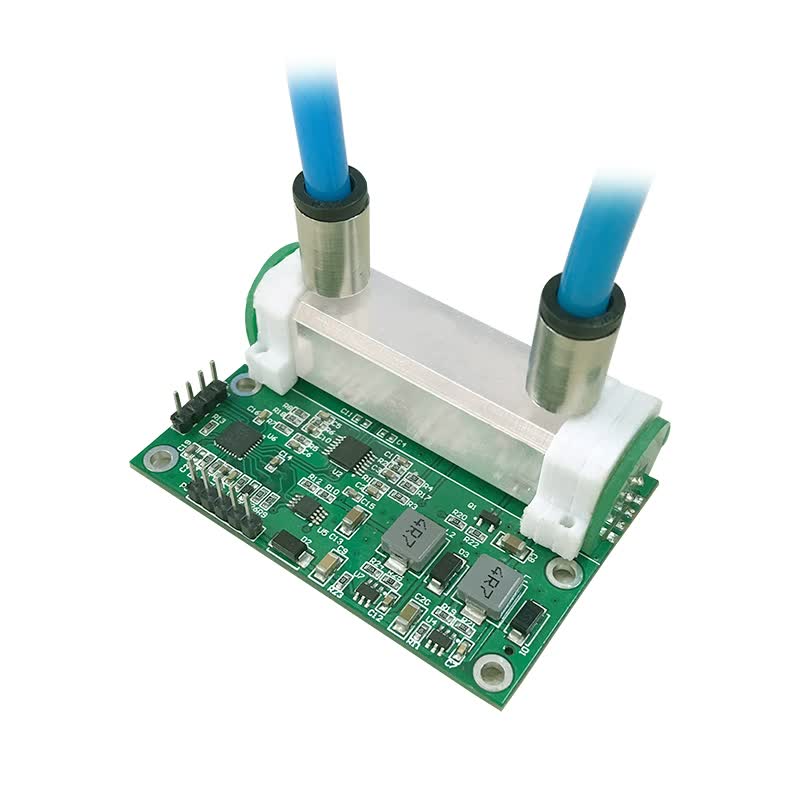Gas sensors are vital tools for detecting and monitoring gases in various industries, such as environmental monitoring, safety, and healthcare. These sensors can detect and measure various gases, such as carbon monoxide, methane, nitrogen dioxide, and ozone, providing real-time data that helps prevent accidents and improve air quality. This article will explore the role of gas sensors in detecting gases with precision and how they work.
Gas sensors are designed based on the principle of a chemical reaction that occurs between the gas being detected and the sensing material. When the gas interacts with the sensing material, an electrical current is produced, and the sensor will measure this current to determine the concentration of the gas. There are many types of gas sensors available on the market, such as electrochemical, catalytic, and infrared sensors.
Electrochemical gas sensors are a popular type of sensors that detect gas by generating an electrical reaction when the gas touches the sensing electrode. The intensity of this reaction is proportional to the concentration of the gas in the air, and the sensor omits this information in the form of an electrical current. Electrochemical gas sensors are commonly used to detect toxic gases such as carbon monoxide and hydrogen sulfide.
Catalytic sensors contain a catalyst material that reacts with specific gases when exposed to them. The reaction creates a change in temperature, and the sensor detects this change, enabling an assessment of the gas concentration. Catalytic sensors are often used in combustible gas detection applications.
Infrared sensors use the absorption of light energy to detect gases.

The absorption spectrum of a gas changes with the concentration of the gas in the air. Infrared sensors measure the amount of energy absorbed when light passes through a sample of the gas and use this information to determine the gas concentration. Infrared sensors are used to detect a variety of gases, such as carbon dioxide, methane, and carbon monoxide.
The use of gas sensors has revolutionized numerous industries, such as automotive, healthcare, and safety. In the automotive industry, gas sensors are used to monitor the emission of gases from vehicles, ensuring that exhaust gases do not pose a risk to the environment or human health. Gas sensors are also used in healthcare to monitor a patient's breath, providing quick and accurate diagnosis of various respiratory illnesses.
In the safety industry, gas sensors are used to detect hazardous gases in confined spaces, such as mines and oil rigs, or to detect gas leaks in residential and commercial properties. The use of gas sensors has improved safety standards in these industries, reducing the number of accidents and injuries caused by gas exposure.
Despite their many advantages, gas sensors face some challenges. One of the major problems is the specificity of the sensor's detection, as they can sometimes give false readings in the presence of other gases. Meanwhile, some gases can also interfere with the sensor's operation, affecting its accuracy. Additionally, gas sensors face issues related to calibration, maintenance, and cost.
In conclusion, gas sensors play a crucial role in detecting and monitoring gases in various industries such as environmental monitoring, safety, and healthcare. Advanced gas sensors are designed to provide reliable, accurate, and cost-effective gas detection solutions. While challenges remain, continuing advances in sensor technology are gradually overcoming these issues and paving the way for further improvements in gas sensing.
 : +86 155 8830 2704
: +86 155 8830 2704 : jxdziot@gmail.com
: jxdziot@gmail.com
